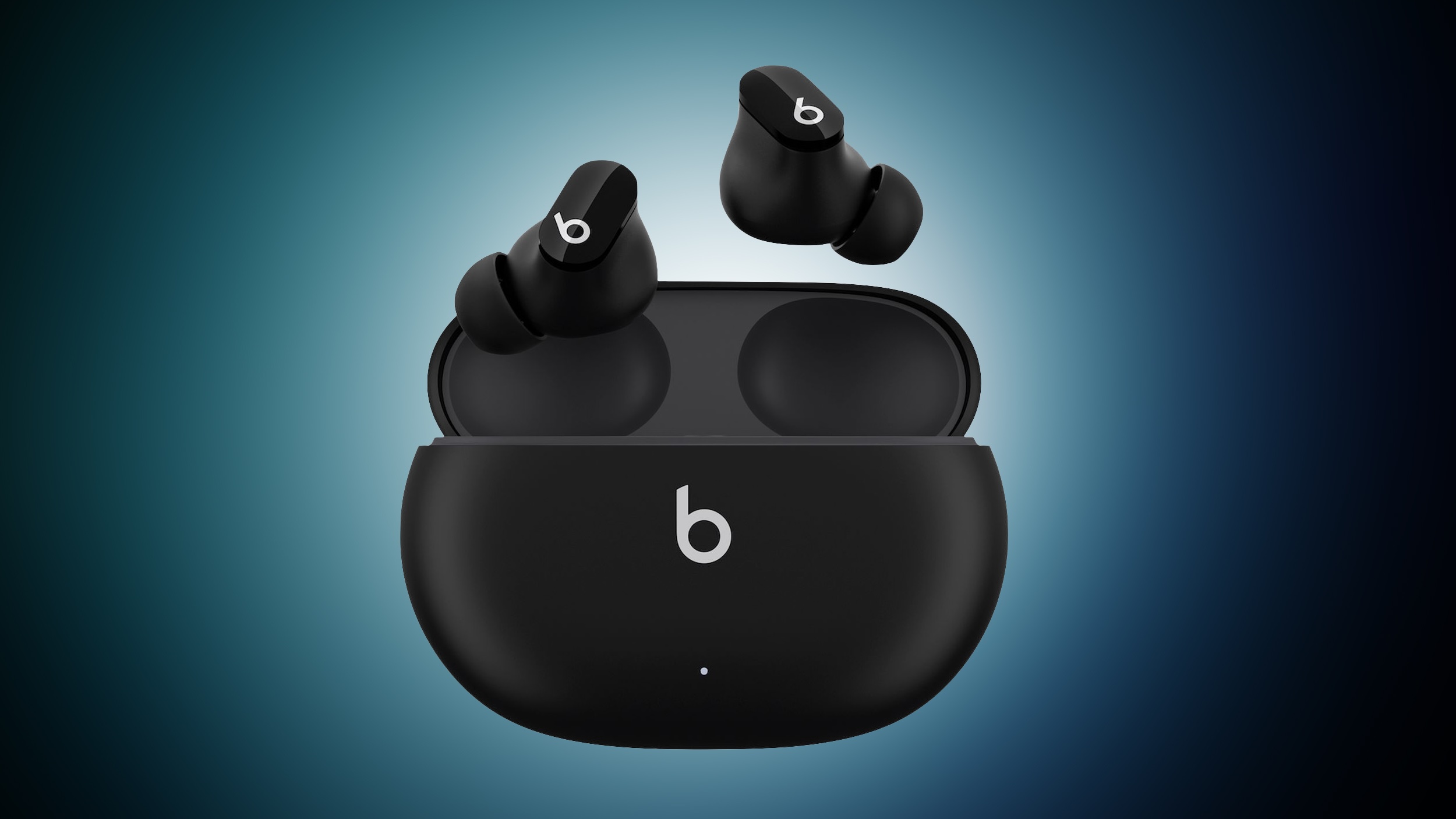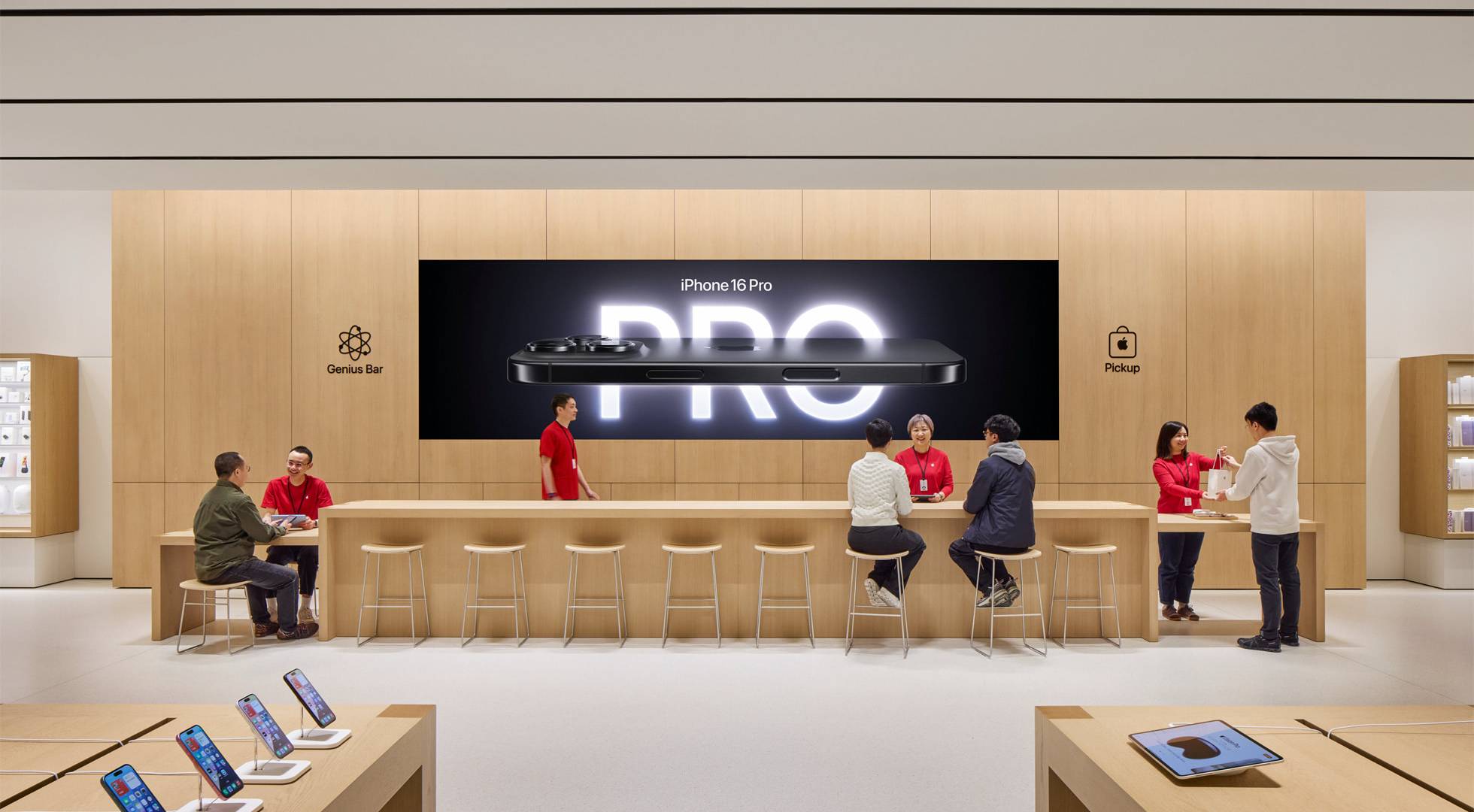Unlocking growth through omnichannel sales solutions
[[{“value”:”
In today’s dynamic business landscape, staying ahead requires both adaptability and a keen understanding of consumer preferences. As the world witnesses an undeniable shift toward online transactions, businesses find themselves at the crossroads of digital expansion and traditional in-person interactions.
This paradox requires a strategic response, making the integration of Point of Sale (POS) systems with online platforms not just a choice but a necessity for businesses seeking new revenue streams, operational efficiency, customer loyalty, and a competitive edge.
The ever-changing business landscape
Adaptability is paramount in the face of technological advancements and evolving consumer preferences. While online transactions gain prominence, many consumers still value the tangible experience of in-person transactions. Even with the shift in preferences for digital experiences, it’s essential to recognize that many consumers still hold a preference for paying in person for various services. Most shoppers, in their purchasing journey, rely on a combination of information from websites, social media, and marketplaces, along with online professional and consumer reviews.
Interestingly, a growing trend is a preference for hybrid or physical shopping experiences, indicating that the consumer journey often starts online but seamlessly transitions to an in-store environment. Recognizing this dual reality is crucial for businesses aiming to tailor their services to customer buying preferences and for ensuring a seamless and customer experience that accommodates both digital and in-person interactions.
Creating the omnichannel experience
A Point of Sale (POS) system becomes essential in creating an omnichannel experience. POS systems come in various forms, from traditional retail setups to mobile and desktop solutions. The choice depends on the specific needs and circumstances of each business. For example, a Retail POS is a set of hardware devices, software and payment gateways merchants use to make sales in person. It can manage customer purchases, accept payments and provide receipts.
Merchants might opt for a Mobile POS (mPOS), that turns any tablet or smartphone into a checkout point. This system uses mobile devices to process a shop’s transactions and payments, calculate sales totals, track inventory, collect business data, and much more. Lastly, a merchant can use a desktop POS system that operates from a computer or laptop or an on-premise system. Merchants only need to charge payments with a card reader. A mobile credit card processor system can look like a traditional cash register and may be connected to additional hardware like a cash drawer, barcode scanner, or receipt printer.
The integration of these systems goes beyond a mere cash register; it’s the bridge between online and in-person services. It transforms into a versatile tool that adapts to diverse business needs, offering real-time inventory tracking, customer relationship management, and integrated analytics. Furthermore, it offers a business a competitive advantage by seamlessly blending the convenience of online transactions with the personal touch of in-person services.
The importance of omnichannel experience
The urgency for POS integration is underscored by a survey done by IBM, where respondents said they no longer see online and offline shopping as distinct experiences—they expect everything to be connected all the time. Strategic integration empowers businesses to cater to diverse payment preferences, synchronize inventory, categories, sales CRM, and loyalty programs across both the online and offline realms.
Online and in-store catalog, inventory, and customer database synchronization are essential components that serve as the backbone of a successful omnichannel strategy. Without this synchronization, businesses struggle to maintain consistency and accuracy across their online and offline operations, hindering their ability to meet customer expectations and maximize revenue opportunities. By embracing an omnichannel approach powered by integrated POS systems, businesses can position themselves for long-term success in an increasingly digital and interconnected marketplace.
The strategic integration of a POS system with an online platform is essential for businesses to stay aligned with evolving consumer preferences. This integration allows businesses to strike a delicate balance between digital convenience and in-person engagement, accommodating customers who, for example, prefer to book online and pay in person. By investing in advanced POS systems, businesses can unlock new revenue streams, enhance operational efficiency, foster customer loyalty, and ultimately differentiate themselves in a competitive market.
We’ve also featured the following Point Of Sale system guides:
Best POS system for small businessBest POS systems for restaurants and barsBest pizza restaurant POS systemBest POS system for food trucks
This article was produced as part of TechRadarPro’s Expert Insights channel where we feature the best and brightest minds in the technology industry today. The views expressed here are those of the author and are not necessarily those of TechRadarPro or Future plc. If you are interested in contributing find out more here: https://www.techradar.com/news/submit-your-story-to-techradar-pro
“}]]






